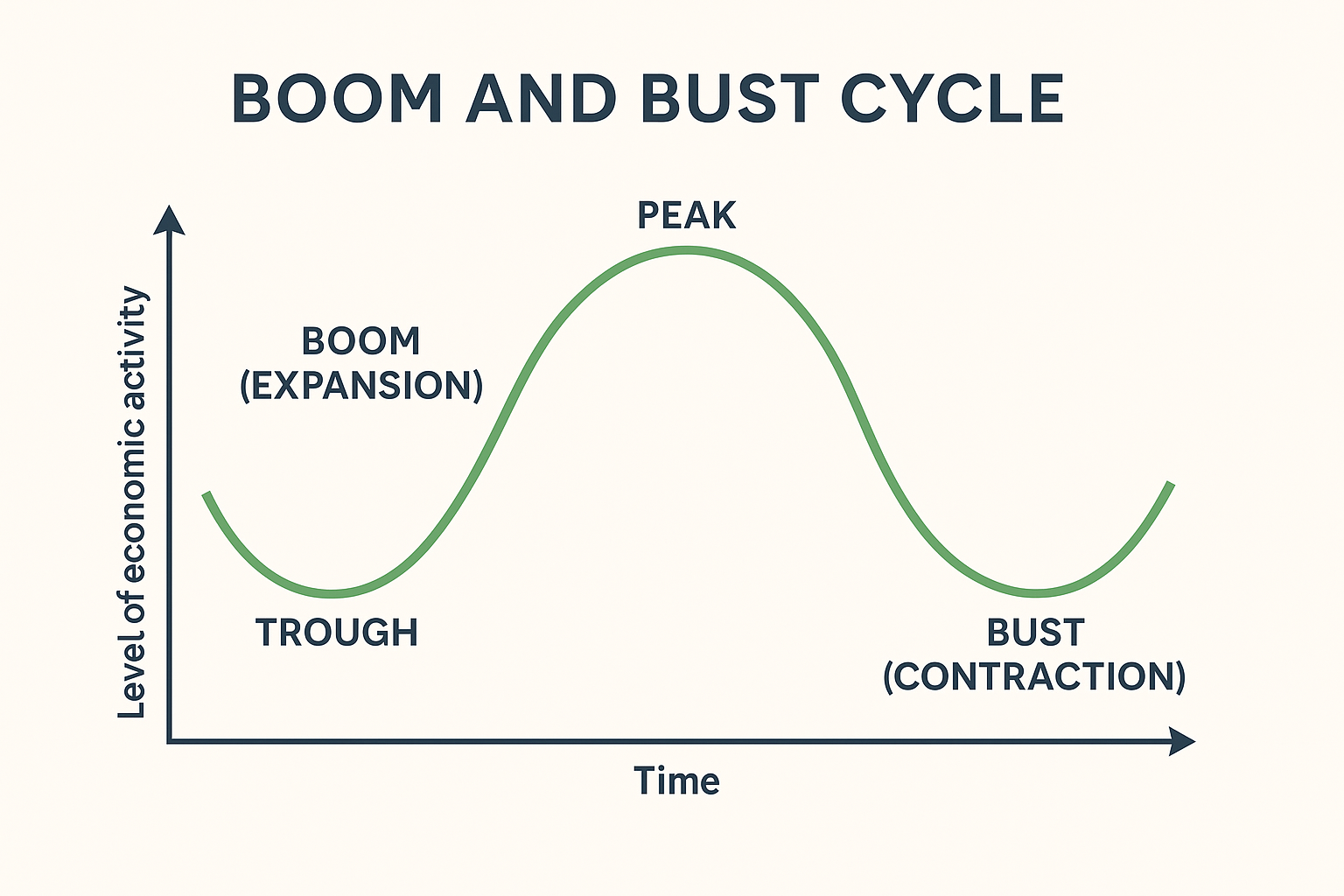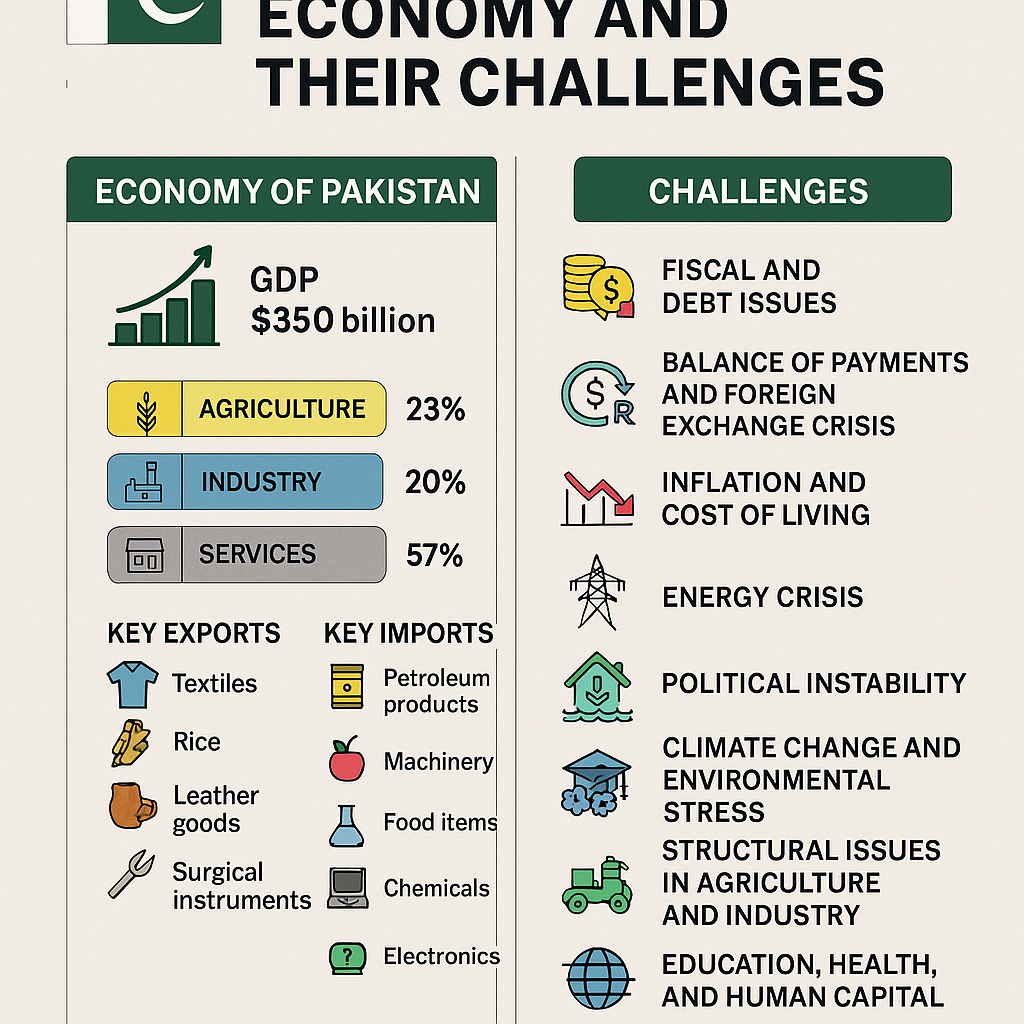Monetary policy refers to the process by which a country’s central bank—in Pakistan’s case, the State Bank of Pakistan (SBP)—controls the money supply, interest rates, and credit availability in the economy. The primary goal is to achieve price stability (low inflation), support economic growth, and ensure financial system stability.
Objectives of Monetary Policy in Pakistan
- Control inflation
- Stabilize the currency (Pakistani Rupee)
- Encourage economic growth
- Maintain employment levels
- Ensure financial stability
Monetary Policy Tools Used by SBP
SBP uses several tools to regulate the monetary supply. Here are the main ones, along with examples:
1. Policy Rate (Interest Rate)
- Also called the SBP Policy Rate or Discount Rate.
- It is the rate at which SBP lends money to commercial banks.
✅ Example:
If inflation is high, SBP may increase the policy rate (e.g., from 16% to 17%) to make borrowing more expensive, thereby reducing spending and inflation.
2. Open Market Operations (OMOs)
- SBP buys or sells government securities (like T-bills) in the open market.
- Buying securities injects money into the banking system; selling takes money out.
✅ Example:
If there is too much liquidity, SBP may sell T-bills to banks, pulling money out of circulation and controlling inflation.
3. Cash Reserve Requirement (CRR)
- This is the minimum percentage of deposits that commercial banks must keep with the SBP in cash form.
✅ Example:
If CRR is raised from 5% to 6%, banks have less money to lend, reducing the money supply.
4. Statutory Liquidity Requirement (SLR)
- The percentage of deposits that banks must maintain in the form of liquid assets (like gold, approved securities, etc.).
✅ Example:
Increasing SLR reduces the lending ability of banks, thus tightening the money supply.
5. Foreign Exchange Interventions
- SBP buys or sells foreign currency reserves to manage the exchange rate and indirectly influence inflation and liquidity.
✅ Example:
To support the Rupee, SBP may sell US dollars, which can reduce local currency supply and ease inflationary pressure.
6. Moral Suasion
- Non-binding guidelines or advice given by SBP to commercial banks to follow a certain direction (e.g., reduce risky lending or increase financing for SMEs).
7. Targeted Lending Schemes
- SBP offers refinancing schemes for priority sectors (like exports, SMEs, and agriculture) at lower interest rates to stimulate targeted economic growth.
✅ Example:
The Temporary Economic Refinance Facility (TERF) during COVID-19 helped industries expand at concessional rates.
Conclusion
Monetary policy is a key tool for managing Pakistan’s economy. Through instruments like the policy rate, OMOs, CRR, and SLR, the State Bank of Pakistan ensures that inflation stays under control, the rupee remains stable, and credit flows to where it’s most needed.


